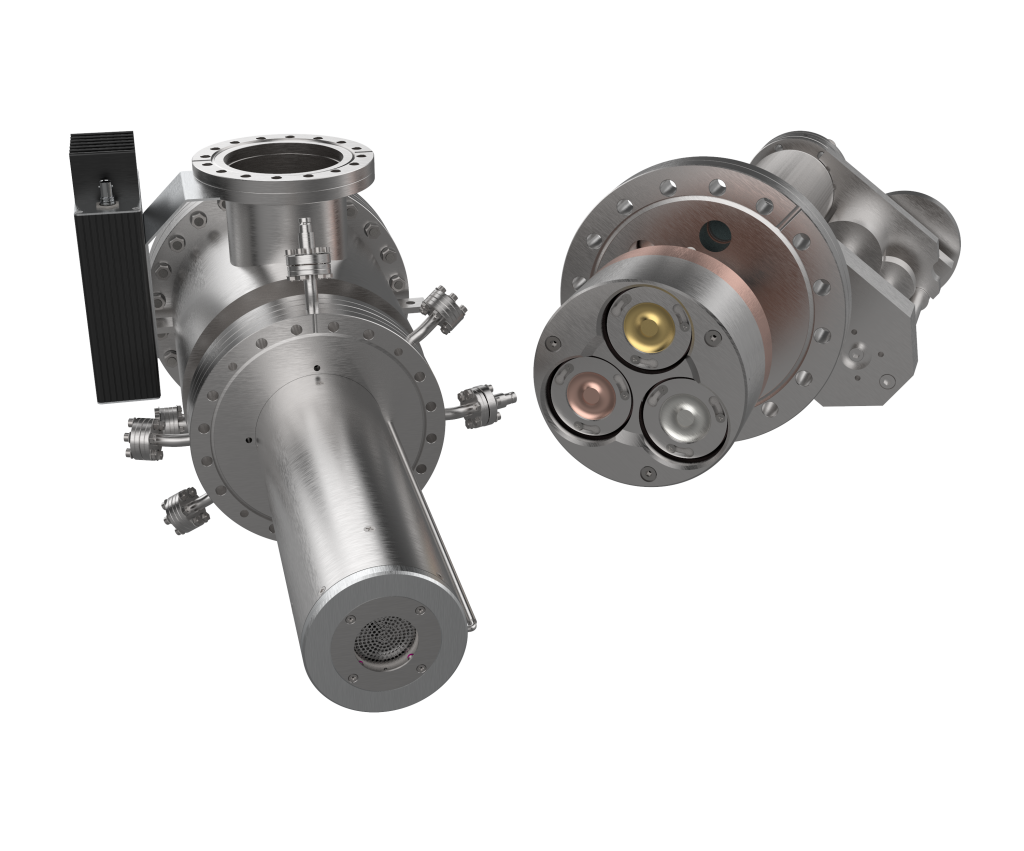Applications of Gold Nanoparticle Coatings
Gold nanoparticles are frequently used because of their outstanding properties and their varied functionalities. Owing to their properties, they have been used in many high-end applications as coatings, which are crucial for the development of nanotechnology. This blog post will look at the specific applications of gold nanoparticle coatings and the benefits they provide. The […]









